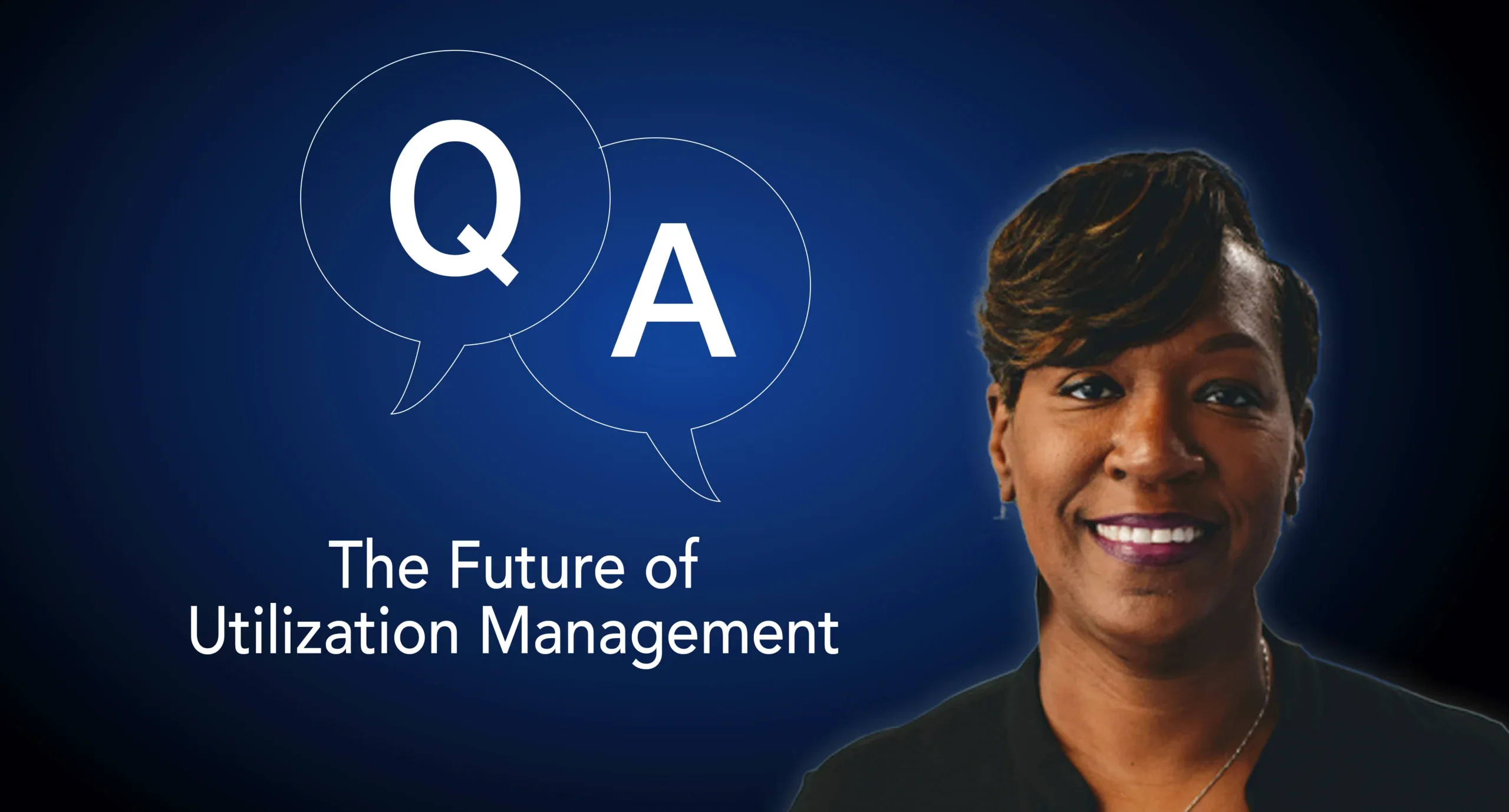This is the second in a two-part interview with P. Michelle Wyatt, DNP, MSN, RN, IQCI, CPHM, who has spent nearly two decades in utilization management and currently serves as Sr. Director, Utilization Review at Xsolis, a role which allows her to support and hear from case management teams and leaders across the nation.
In part one (available here) Michelle’s shares her leadership journey, dives into the utilization management profession – what the future holds and what trends have shaped or will shape the industry.
You can find the first part of our interview here.
Michelle, What’s the state of utilization management right now?
One big utilization management challenge right now is understanding and defining utilization review and management — exactly what it is and what it does. Building clear utilization management best practices is another key challenge.
There are so many elements and facets of work that get lumped under case management, many teams don’t fully understand the breadth of what they’re asked to do. Where does discharge planning fit in? Social work? Is utilization management case management or vice versa?
Facilities must figure out which model works best for them — whether hybrid or integrated or dyad or triad — and then decide how to divide and tackle the work.
For instance, in the dyad model, teams are typically doing case management and utilization review. In the triad model, however, utilization review is a separate function.
Smaller facilities often need help to define and divide this work, from utilization management companies or others. Large facilities, meanwhile, get even more complex and convoluted. As if that wasn’t enough, the disparate systems case managers must work from make the job that much harder. So does the old guard of static screening guidelines.
What trends have shaped, or are shaping, utilization management? Where will innovative utilization management come from?
One key area that has evolved is the role of the physician advisor in utilization management. When I began my career in utilization management, medical directors were present but played a much different role. Physician advisors didn’t exist.
It was just a case manager with screening criteria in hand. Hospitals saw a need for clinicians to be able to support utilization management, and the physician advisor role was created around ten to twelve years ago.
Now, physician advisors function as the arbiters of medical necessity. Whether they are internal or external to the hospital, they play a crucial role in the review process.
However, even that change pales in relation to a new change: the introduction of artificial intelligence (AI). We haven’t had anything remotely close to AI in utilization management until recently. This is a major utilization management innovation.
Before now, we reviewed each patient in parts — specific diagnoses and conditions only — but now we can use analytics to help us understand the entirety of the patient. Until a few years ago, a patient’s previous medical history wasn’t even considered in the utilization review process.
case manager, I want to see all of that. Artificial intelligence and technology give us the opportunity to better understand our patients and to manage care that meets their specific cases.
Often, when I speak to case managers, they pose important questions about AI: Is my job going away? Does this mean that nurses won’t play a role in utilization management in the future? My answer is simple: Artificial intelligence is a tool.
It gives us an opportunity to better understand the holistic nature of each patient, but it doesn’t replace the expertise of a nurse or physician reviewer. What it can do, however, is automate a great deal of the manual data gathering that humans simply aren’t equipped to do. By doing so, it frees up nurse time to spend their effort on managing patient care.
As the future of utilization management approaches, what are the biggest opportunities you see?
I see my role as a nurse and leader as part of a larger movement: how do we create a healthier society? We need to have broader conversations about the industry, educate our patients and the community, and enable individual empowerment in our own health. These are big themes and there’s no easy answer or quick fix.
I also see an opportunity for those of us in the healthcare community to become better change agents — communicating and collaborating more effectively.
Healthcare is always evolving, and we must stay ahead of these changes together. It’s bigger than any of us, so we must find out how to bridge the gap and bring others along on this ride with us. Healthcare professionals have such a unique opportunity to make a positive impact – it’s up to us to make the most of it.
